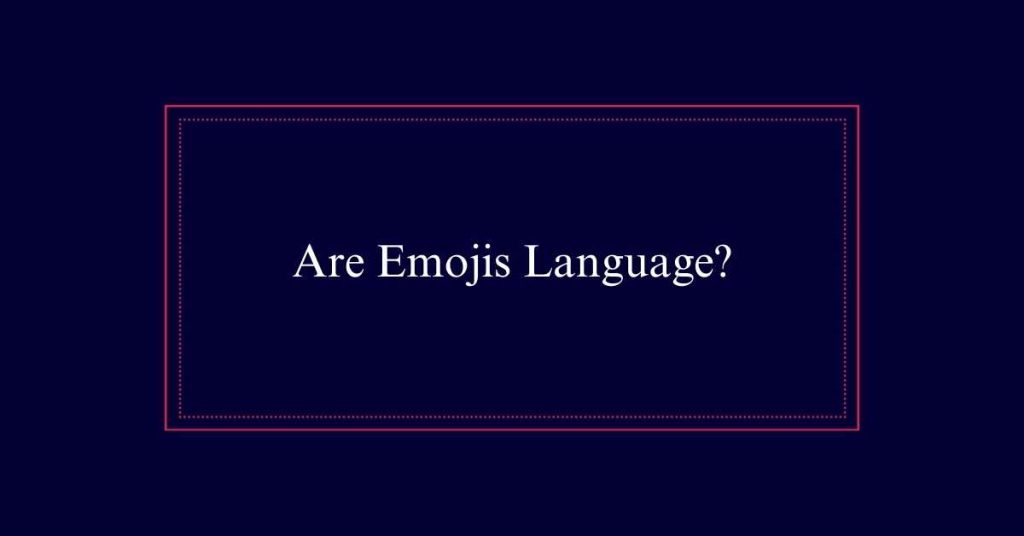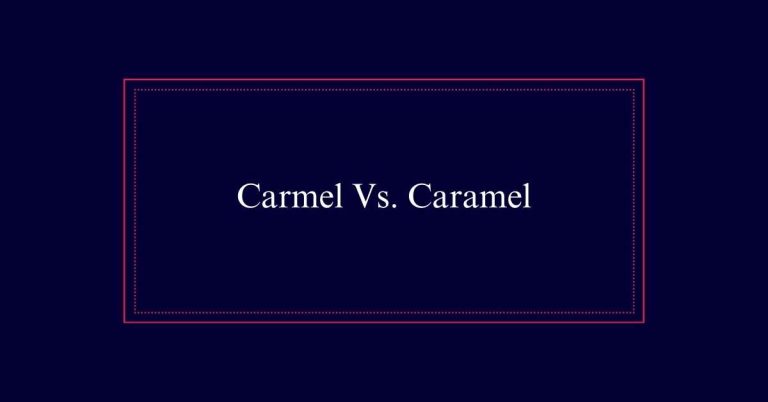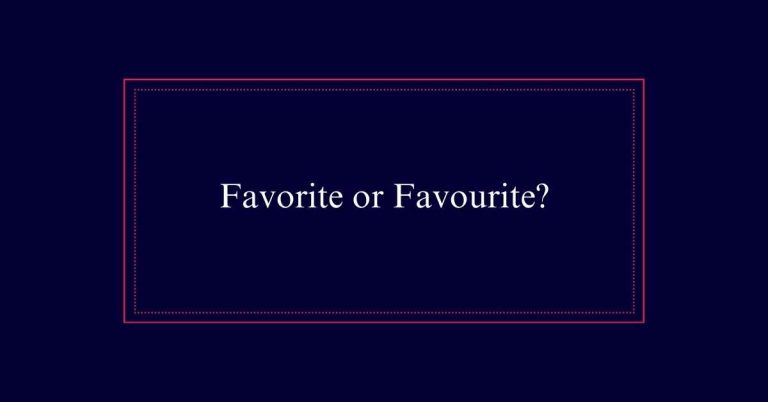Are Emojis Language?
Emojis play a significant role in digital conversations, serving as visual aids to convey emotions and concepts. However, they lack the structured grammar and syntax of formal languages. Unlike fully developed writing systems, emojis are context-dependent and primarily enhance rather than replace text. While they effectively bridge communication gaps and add emotional depth, the linguistic community is divided on their status as a formal language due to their simplicity and evolving nature.
Defining Language
Defining language requires understanding mutual intelligibility and cultural nuances. Mutual intelligibility means speakers of different dialects can understand each other. This criterion helps distinguish languages from dialects. For instance, Spanish and Portuguese share similarities yet remain distinct languages due to varying degrees of mutual intelligibility.
Cultural context also plays a critical role. Creole languages, born from blending multiple languages, illustrate this well. They emerge in specific cultural contexts, evolving uniquely over time. New languages often arise from cultural innovations, reflecting dynamic societal changes.
Determining the status of newly formed communicative systems poses challenges. Experts debate whether these systems qualify as languages. Mutual intelligibility remains a key factor in these discussions, underscoring its importance in defining what constitutes a language.
Understanding Communicative Systems
To further understand language, it’s important to examine the role of communicative systems in human interaction. Communicative systems are methods people use to convey information. They include spoken and written languages, as well as non-verbal cues like gestures and facial expressions.
Each system has unique rules and conventions. Spoken languages rely on sounds and grammar, while written languages utilize symbols and syntax. Non-verbal systems, such as sign language, use hand movements and body language. These systems enable humans to share ideas and emotions effectively.
Understanding these systems highlights the complexity and diversity of human communication. It also helps in evaluating whether new forms, like emojis, qualify as language or remain a supplementary communicative tool.
Emojis Vs. Hieroglyphics
While both emojis and hieroglyphics are symbolic forms of communication, their purposes and complexities differ greatly. Hieroglyphics were used in ancient Egypt for religious texts, official inscriptions, and daily communication. They formed a complete writing system with phonetic and ideographic symbols. Emojis, on the other hand, are a modern, digital phenomenon. They are primarily used for expressing emotions and enhancing text-based conversations.
| Aspect | Emojis | Hieroglyphics |
|---|---|---|
| Purpose | Enhance digital communication | Religious, official, and daily use |
| Complexity | Simple, often context-based | Complex, phonetic and ideographic |
| Evolution | Rapid, tech-driven | Static, historical |
This contrast highlights emojis as a supplementary tool, whereas hieroglyphics served as a foundational writing system.
Emojis and Abstract Communication
Unlike hieroglyphics, emojis lack the complexity of a phonetic and ideographic system, yet they introduce a unique form of abstract communication in the digital age.
Emojis convey emotions, actions, and nuanced sentiments through simple images. They enable users to express feelings that words alone might not capture effectively.

This abstraction allows for a rich, albeit simplified, mode of communication that transcends linguistic boundaries. Emojis often serve as a visual shorthand, enhancing the emotional context of a message.
Their widespread use across various cultures showcases their effectiveness in bridging gaps in understanding. While not a language in the traditional sense, emojis represent a significant shift in how people communicate abstract ideas visually.
Linguistic Authority on Emojis
Linguistic authorities have yet to reach a consensus on whether emojis qualify as a formal language. While some experts see emojis as a novel communicative system, others argue they lack essential linguistic features. The debate centers on whether emojis possess grammar, syntax, and the ability to convey complex ideas consistently. Emojis are widely used to express emotions, but their role in structured communication remains limited.
| Aspect | Emoji Status |
|---|---|
| Grammar and Syntax | Lacking |
| Consistent Complex Ideas | Limited |
| Emotional Expression | Strong |
This table highlights the core arguments. Emojis excel in emotional expression but fall short in grammatical structure and consistent complexity. The linguistic community remains divided on their classification as a formal language.
Emojis in Modern Communication
Embracing the digital age, emojis have become integral to modern communication. They offer a quick way to convey emotions and reactions. Emojis bridge gaps that words sometimes cannot. They add nuance to text-based conversations, making them richer and more expressive.
Their use spans across demographics and cultures. Emojis streamline digital interactions, reducing the need for lengthy explanations. They are employed in various platforms, including social media, emails, and messaging apps. Businesses also use emojis to engage customers and enhance marketing strategies.
The visual nature of emojis makes communication more engaging. While not a language in the traditional sense, emojis have undeniably reshaped how we connect and interact in the digital world.
Evolution of Language With Emojis
As digital communication evolves, emojis have emerged as a pivotal element in the way we express ourselves. They add emotional nuance to text, bridging gaps left by the absence of vocal tone and body language.
Emojis serve as visual aids, enhancing the clarity and impact of our messages. Their use has grown exponentially, reflecting a shift towards more visual forms of communication. Emojis encapsulate complex ideas and emotions in simple symbols, making interactions more efficient. They do not replace words but complement them, adding layers of meaning.
This evolution highlights how language adapts to new mediums, integrating symbols that enrich our expressive capabilities in the digital age. Emojis, consequently, mark a significant step in the evolution of language.
Global Impact of Emojis
The widespread use of emojis has profoundly transformed global communication. These small symbols have broken language barriers and unified diverse cultures. Emojis have enabled a universal mode of expression that transcends linguistic boundaries. They simplify complex emotions and enhance digital interactions.
Consider the following impacts:
- Cross-Cultural Communication: Emojis bridge gaps between speakers of different languages.
- Emotional Expression: They convey feelings more vividly than text alone.
- Efficiency: Emojis reduce the need for lengthy explanations.
- Inclusivity: They offer a way for non-verbal or differently-abled individuals to communicate.
Frequently Asked Questions
How Do Emojis Influence Social Interactions?
Emojis greatly enhance social interactions by providing visual cues that convey emotions and intentions. They bridge communication gaps, reduce misunderstandings, and add nuance to digital conversations, fostering more engaging and expressive exchanges among individuals.
Can Emojis Be Used Effectively in Formal Writing?
Emojis have limited effectiveness in formal writing. They lack the precision and clarity required for professional communication. While they can complement informal texts, their use in formal documents may undermine the seriousness and professionalism expected.
What Are the Psychological Effects of Using Emojis?
The psychological effects of using emojis include enhanced emotional expression and improved social connection. Emojis can reduce ambiguity in digital communication, promote empathy, and create a sense of shared understanding, ultimately enriching interpersonal interactions.
Do Emojis Vary Significantly Across Different Cultures?
Emojis do vary substantially across different cultures. Cultural differences influence the interpretation and usage of emojis, leading to diverse symbolic meanings and preferences. This variance reflects cultural nuances and affects cross-cultural digital communication.
How Do Businesses Utilize Emojis in Marketing?
Businesses leverage emojis in marketing to enhance engagement, convey emotions, and humanize their brand. Emojis simplify communication, making messages more relatable and memorable. They also help in building a connection with a younger, tech-savvy audience.






